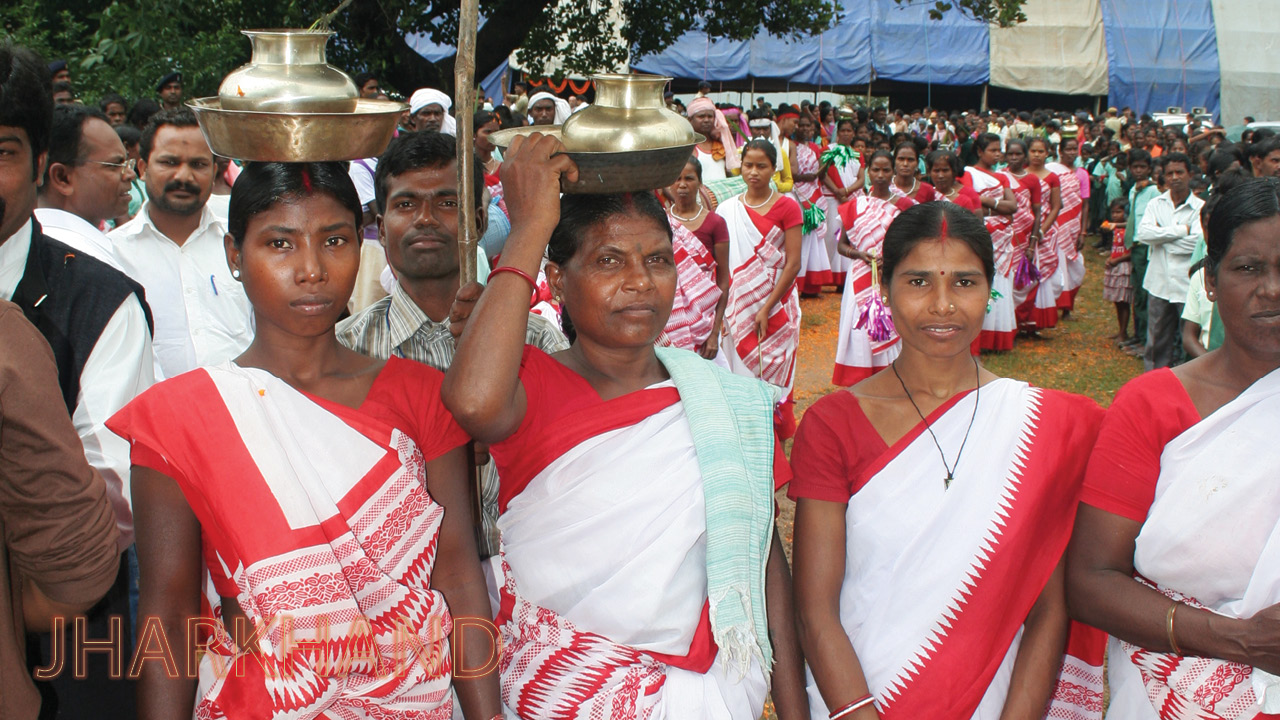Jharkhand ranks #19 in the SKOCH State of Governance Report 2024, reflecting a modest performance relative to other Indian states. This position underscores both the state’s potential and its current limitations. With just five well-performing projects qualifying for deeper study, the volume of impactful governance interventions remains low compared to high-ranking states such as Maharashtra or Gujarat. The state’s governance revival is most visible in the District Governance category, where it surged from rank #14 in 2023 to #3 in 2024, indicating administrative efficiency at the grassroots level.
In terms of the six SKOCH indices, Jharkhand’s performance presents a mixed picture. It ranks moderately in the SKOCH State of Governance Index, and makes a noticeable comeback in Education (ranked #3 nationally in 2024) and Municipal Governance (ranked #10). However, its placement in the SKOCH State of e-Government Infrastructure Index is relatively weak, with poor normalised scores for internet access, digital transactions, and e-service coverage. This digital gap affects Jharkhand’s ability to scale delivery and improve citizen interface, especially in tribal and remote areas. Similarly, Jharkhand’s performance in the SKOCH State of Development Index and SKOCH State of Government Transformation Index remains constrained, largely due to limited capital investments, project volume, and digital innovation—contrasting sharply with states like Andhra Pradesh or Karnataka.
The state performs comparatively better on the SKOCH State of Financial Prudence Index, where it holds a mid-tier position. Jharkhand has maintained fiscal discipline in some parameters such as capital outlay and pendency rate of budget utilisation. However, its own tax and non-tax revenue as a percentage of GSDP remain low, highlighting its dependence on central transfers. Like Bihar, Jharkhand must address this structural fiscal imbalance to unlock greater development financing. Enhancing internal revenue generation through property tax reforms, mining royalties, and user fees, coupled with improved revenue administration, is essential to reduce fiscal vulnerability and ensure long-term sustainability.
Despite these limitations, the projects that did qualify for deep evaluation in 2024 reflect Jharkhand’s latent capacity for governance innovation. The state’s resurgence in District Governance signals that administrative decentralisation and local leadership can deliver measurable outcomes. Its comeback in Education suggests that focused interventions in school infrastructure, learning outcomes, and digital classrooms are showing results. Municipal Governance also improved, pointing to some early successes in urban reforms and public service delivery. Yet, to break into the top 10, Jharkhand must significantly scale the number of well-performing projects, especially from the district and municipal levels, where most high-performing states submit large volumes annually.
This requires investments in e-infrastructure, integrated platforms, and citizen-facing apps. Third, fiscal self-reliance must be improved by expanding the state’s revenue base, rationalising expenditure, and improving the transparency of fund utilisation. With its demonstrated ability to register improvement in key sectors, Jharkhand has the foundation to accelerate reforms and achieve stronger governance outcomes in the years ahead.
Looking ahead, Jharkhand’s pathway to governance excellence involves three critical strategies. First, project mobilisation must intensify—50+ high-quality entries are typically needed to compete with leading states. This involves greater participation from line departments and better project documentation. Second, the state must strengthen digital governance to improve both efficiency and citizen satisfaction.



